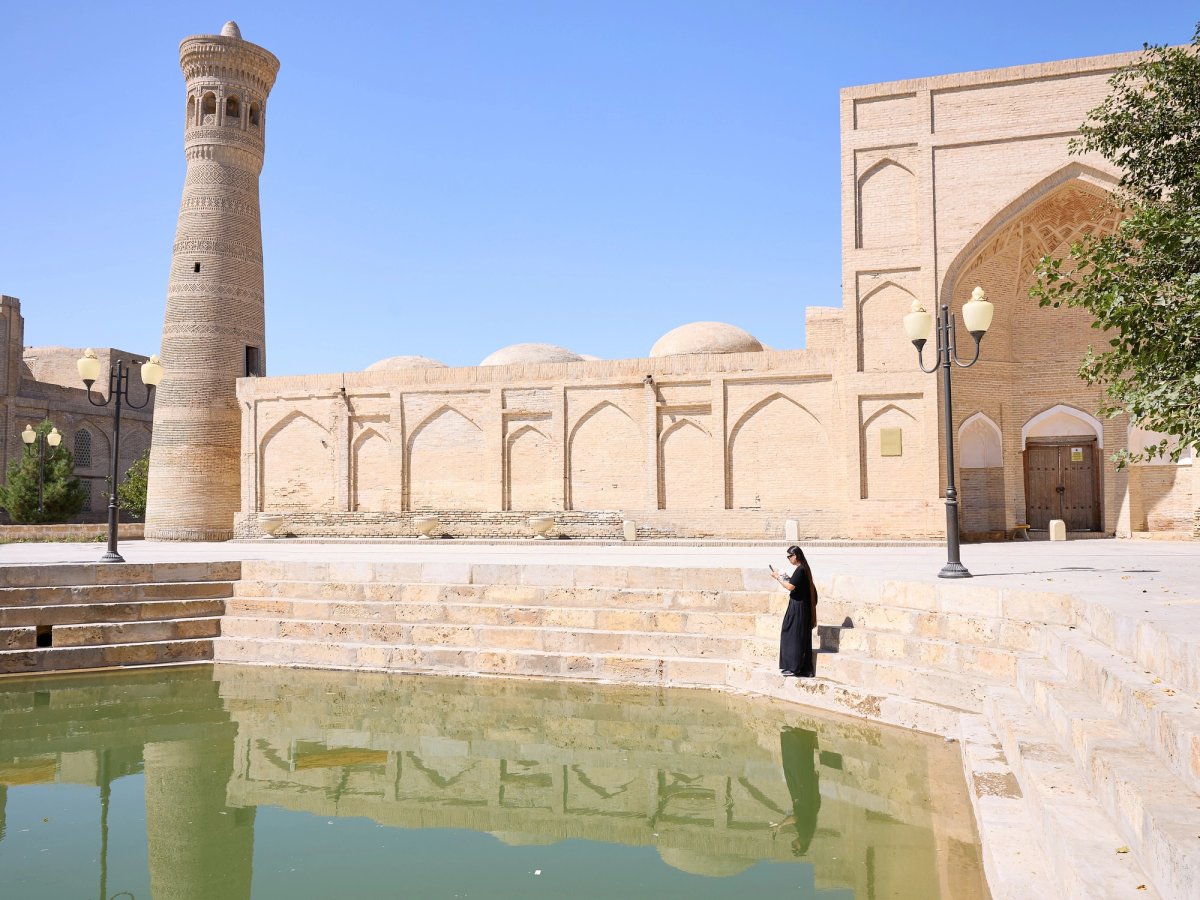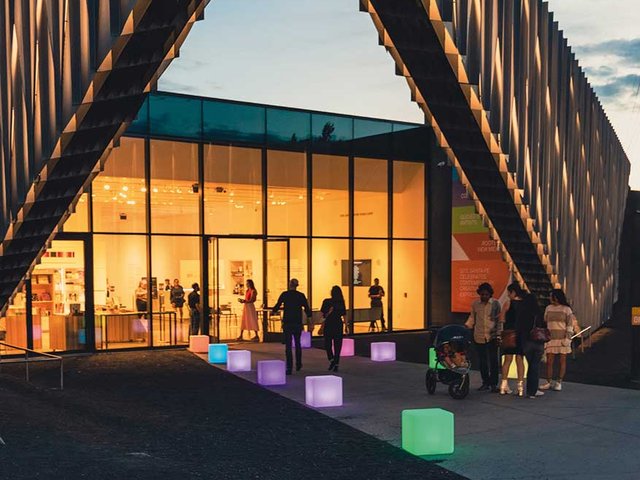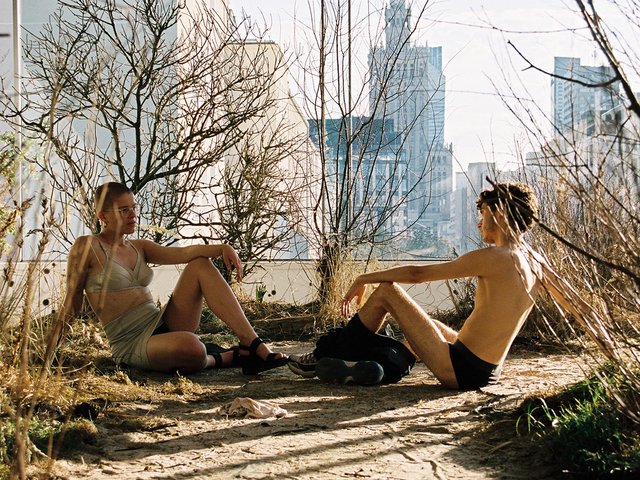Organisers behind the inaugural edition of Bukhara Biennial, which launches this September (5 September-20 November) across the ancient city in Uzbekistan, have revealed details about the event's programme and artist line-up.
The biennial is set to feature more than 70 Uzbek artists and participants, along with Antony Gormley of the UK and the French artist Eva Jospin. Wael Shawky—who represented Egypt at the 2024 Venice Biennale—Tavares Strachan and Dana Awartani are among other artists due to participate.
“The Bukhara Biennial will present over 70 site-specific contemporary projects, with each work conceived through collaborations between local artisans and artists from Uzbekistan, Central Asia and across the globe,” says a project statement.
The inaugural edition of the Bukhara Biennial, entitled Recipes for Broken Hearts, is curated by the artistic director Diana Campbell, who is also the chief curator of the Dhaka Art Summit. The concept derives from a well-known local legend that the recipe of Uzbekistan’s signature rice dish, palov, was invented to mend the broken heart of a prince who could not marry the daughter of a craftsman.
The biennial will take place at sites dotted around the city, which is part of Unesco’s “creative cities network”, including Khoja-Gavkushon Ensemble and Ayozjon Caravanserai. In line with its concept, food will be central to the biennial, with Uzbek and international chefs cooking across different sites.
The Uzbek artists Abdurauf Taxirov and Oyjon Khayrullaeva will collaborate on a joint mosaic project, creating a work in the form of a stomach above the door of Café Oshqozon, a biennial hub. “Café Oshqozon centres the curatorial concept of the biennial as a body, fed through a nourishing, communal feast of different art forms,” the organisers say.
Meanwhile the German artist Carsten Höller, together with the Uzbek chefs Bahriddin Chustiy and Pavel Georganov, will “transform food into a nexus of science, art and emotion across the duration of the biennial”. Colombia-born Delcy Morelos will work with the spice Uzbek merchant Abdulnabil Kamalov on a spiderweb-style sculpture made from spices, earth desert and sand, while Laila Gohar of Egypt will unveil a pavilion made of salt crystals.
Last year Gayane Umerova, the biennial commissioner who chairs the Uzbekistan Arts and Culture Development Foundation, told The Art Newspaper that “the Bukhara Biennial will be the largest and most diverse gathering of artists and artisans in Uzbekistan to date”.
She adds in a statement: "This year’s launch edition will see for the first time historic crafts reinterpreted by contemporary artists, marking a significant milestone towards preserving its architecture and reviving Bukhara’s historic roots as a place for invention, intellectual studies and the arts." Each edition will be supported by year-round programming for artists, says Umerova.
An independent curator, who prefers to remain anonymous, says: “The biennial circuit continues to grow; it will be interesting to see how Bukhara carves out a place in an already crowded calendar.”






